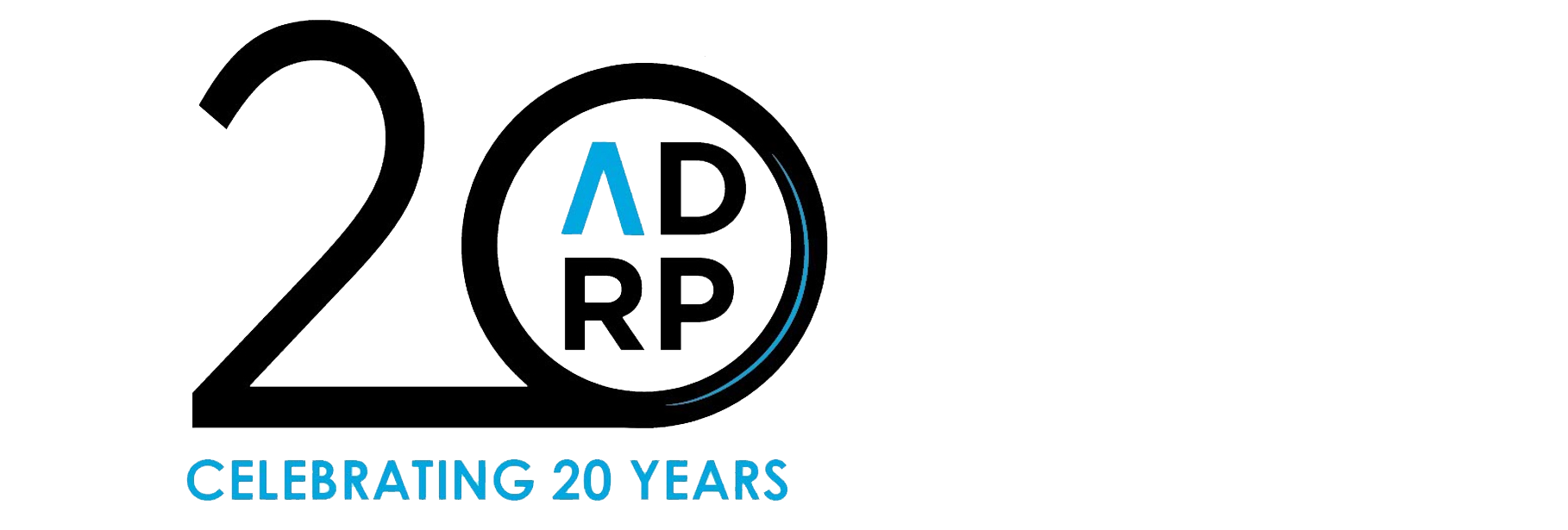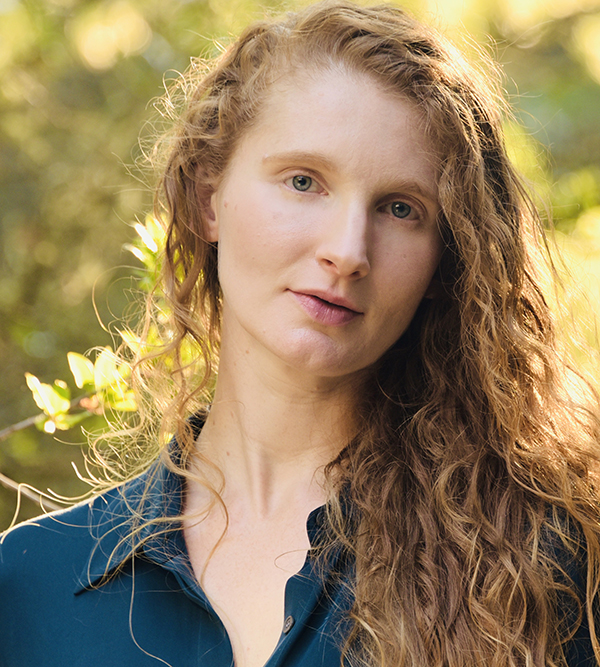- About
- Membership
- Resources
- Partner
- Events
- Awards & Scholarships
Bias-Free and Inclusive Language: Resources and ExamplesAnna Morrison (Editor, The Hub)
Photo Credit: Adobe Stock Whether ghostwriting a letter from your institution’s director, preparing gift acknowledgments, or designing a welcome packet for new donors, we put tremendous care into crafting messages that will powerfully and positively impact readers. Most contemporary style manuals contain guidance on bias-free and inclusive language, and your communications team may even provide recommendations. As donor relations professionals, we strive to create a sense of belonging and trust. Words that convey bias fail to recognize and value people who belong to specific groups, excluding them from the communities we serve and the donors we steward. Our success depends greatly on understanding the impact of the words we choose. “Bias-free” in and of itself can be a confusing description. Is it possible to be 100% bias-free? While one may become mindful of bias and commit to correcting it, many people find, upon reflection, that this needs to be an ongoing process. In other words, bias implies assumptions, and we’re often unaware of what we assume. For this reason, it can be helpful for even the most experienced writers and editors to review ever-evolving guidelines on bias-free and inclusive language. Happily, there are many resources freely available online. The following links provide good places to start. ResourcesConscious Style Guide: many guides tailored to writing about specific subjects and an email newsletter that shares related articles. Disability Language Style Guide from the National Center on Disability and Journalism: a style guide that gives background on a term, a recommendation, and any related Associated Press notes. Diversity Style Guide: designed for media professionals, a searchable guide with more than 700 terms. Inclusive Language Guide from the National Assembly of State Arts Agencies: a collection of resources, including style guides and other writing about bias-free language and diversity. Inclusive Language Guidelines from the American Psychological Association: a guide including detailed definitions and tables with alternatives. "Saying the Right Thing" from Higher-Ed Insider: an argument for creating an institutional guide and some top-line recommendations. Applying Bias-Free LangauageExample 1: “It’s our mission to help poor children gain access to vital educational resources.” Consider this alternative: “It’s our mission to help children from low-income environments gain access to vital educational resources.” The alternative follows guidelines for people-forward language: “children” comes before the socioeconomic status. It also avoids the stigmatizing adjective “poor.” One aesthetic critique of such people-forward language is that it creates more syntactically complex and potentially wordy sentences. That can be true, but ask yourself: how many times in a letter about this organization would you need to use the full phrase “children from low-income environments”? The phrase may only need to be printed once; afterward, one can speak of “children” and a “child” without their socioeconomic status. Better yet, if you have this information and permission to use it, be more specific: “Children in the Northeast Regional School District” or “Maria, a first-grader . . . .” It will only improve the overall quality of your materials to include more vivid and less repetitive descriptors. Example 2: When one begins to think critically about the bias conveyed by words, this can lead to a more nuanced understanding of diverse audiences and open up fruitful conversations. I recently had one such conversation with a colleague about the word “normal.” While “abnormal” is often discouraged in most contexts by bias-free style guides, “normal” is less frequently referenced. However, my colleague and I shared concerns about the word as we often see it applied. Outside of a scientific context where a specific norm is defined and used for limited comparative purposes, “normal” frequently signals biased assumptions. Take this sentence: “I’m thrilled to be back to in-person instruction where I can have normal interactions with all of my students.” “Normal” implies a standard or natural way of interacting, glossing over the reality that in-person classes may be more challenging environments for some students with disabilities. (Krystina Lucido Wales eloquently touched on this in one of The Hub's most-read articles of 2021.) “Normal” generalizes this fictional professor’s level of comfort. You may be thinking: but that’s the professor’s opinion. True, but that same opinion can be expressed more inclusively. Alternative 1: “I’m thrilled to return to classroom instruction because I’ve missed in-person interactions with my students.” Alternative 2: I’m much more comfortable teaching in a physical classroom, so I’m thrilled to be back on campus.” Even the word “normal” can be wielded more subjectively to draw out the professor’s meaning in a way that does not make broad assumptions: Alternative 3: “Before the pandemic, my normal day-to-day schedule helped structure my time and allowed for more casual interactions with students. I’m thrilled to return to campus!” Example 3: Are there cases where you should steer clear of such edits? Much depends on context. But remember that when we share others’ voices in our stewardship materials, readers may take the thoughts (and assumptions) expressed by those voices as representative of the organization as a whole. There are, however, times when individuals may choose not to use bias-free language when describing themselves. In most cases, I would respect that choice. Consider the following example: “It’s important to me to share my knowledge of social services and my perspective as an Indian and also to invite the class, including the several disabled students, to bring their whole selves into our discussions.” Bias-free guidelines suggest changing “Indian” to “Native American” or “American Indian,” but since this is how the speaker identifies herself, I would not make that edit unless there’s insufficient context to understand that, in this case, “Indian” does not mean someone from India. However, I would use people-forward language to describe the students: “It’s important to me to share my knowledge of social services and my perspective as an Indian and also to invite the class, including the several students with disabilities, to bring their whole selves into our discussions.” (Note: as with all editing, it’s crucial to run your edits by the author for final approval.) Words are tools. It helps to start with the tools most appropriate for the task at hand. However, even with the best tools, we can still build a message that fails fundamentally at inclusivity. What we say is at least as important as how we say it. Ideally, thinking about bias-free language also helps us think critically about the substance of our communications to donors in terms of diversity, equity, inclusion, and belonging.
Anna Morrison supports UC Berkeley's endowed chair impact reporting program. Drawing on 15 years of experience in advancement, editorial, and writing positions, she edits and designs impact reports that provide engaging, informative, and personalized donor stewardship. She previously worked in book publishing and has an MFA in Creative Writing. You can find her poems and prose in print and online journals, on her poetry and art website, or — as works in progress — on the walls of her home in Oakland, CA.
|




